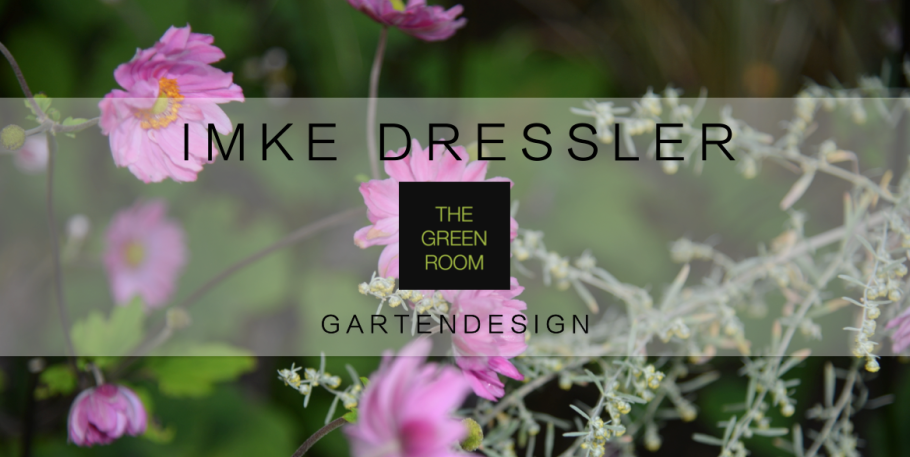
About the difference between "conventional" plantings and a bed design.
Often borders are arranged by planting groups that belong to certain color schemes (pastels, white gardens, "fireworks", etc.) or that look strong in the summer, but unfortunately have their
origins in South America or other warm climates and will die miserably here (in Germany) at the beginning of autumn. These plants do not communicate with the environment or with each other. Example:
Canna, Tagetes, Impatiens varieties, Petunias etc. The result is aesthetically unappealing, horribly boring and above all will result in short-lived borders.
A deliberately created plant community, a design in other words, reproduces the natural structure of a bioptope typical of the climate with the help of different, stable plant groups.
Structure builders, ground cover and filler plants are in a relationship to each other that is relatively close to the model of nature. The actual highlights (seasonally attractive plants) are thus
particularly eye-catching and give the planting the appearance of natural lightness despite its complexly thought-out design. Beds with these plant communities are more durable, stable and
attractive.
Every plot is different!
Regional differences of a climate zone, even micro-climates within a garden determine its structure and the thriving of all plants in it.
Soil conditions, sunlight, wind directions, etc. play THE decisive role in plant selection. In addition, of course, there is the preference for certain shapes, colors or fragrances. In sum, all these
criteria result in the optimal plant selection for your beds!




